Push for ‘Green’ Gabba drives up Brisbane 2032 Olympic costs
A plan to make the main stadium environmentally sustainable has led to major blowouts on the $2.7bn revamp, Steven Miles says.
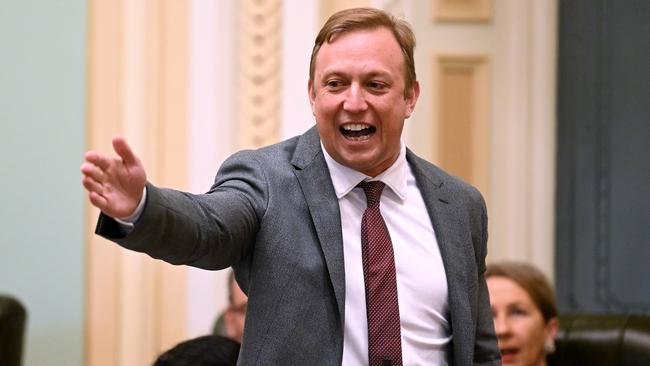
A decision to make Brisbane’s main Olympic stadium environmentally sustainable has contributed to major cost blowouts on the $2.7bn Gabba redevelopment, Deputy Premier Steven Miles has confirmed.
Rebuilding the Gabba stadium, which will host athletics and the opening and closing ceremonies for the 2032 Games, was announced by Premier Annastacia Palaszczuk in April 2021 with an estimated price tag of $1bn.
No detailed business case was done before the announcement and costs to demolish and rebuild the home of cricket and AFL have since exploded by 170 per cent to $2.7bn.
Mr Miles told state parliament on Thursday that inflation, building and labour costs were the biggest contributors to the cost increases, followed by a push for a six-star green rating for the stadium. “This venue will serve Queensland well past 2050 when we have committed to be net carbon neutral,” he said.
“It is important the venue is as sustainable as possible within the capacity of current technology and product capability – that comes at an increased cost.”
To achieve a six-star rating from the Green Building Council, developments must be fully powered by renewables and built with low carbon materials.
The state government is aiming to make Brisbane 2032 the first “climate positive” Olympics by reducing more greenhouse gas emissions than the Games create.
Mr Miles said the original $1bn price tag was based on a 2020 design drawn-up by architecture firm Populous and the state had “just a few months” to respond to questions from the International Olympics Committee.
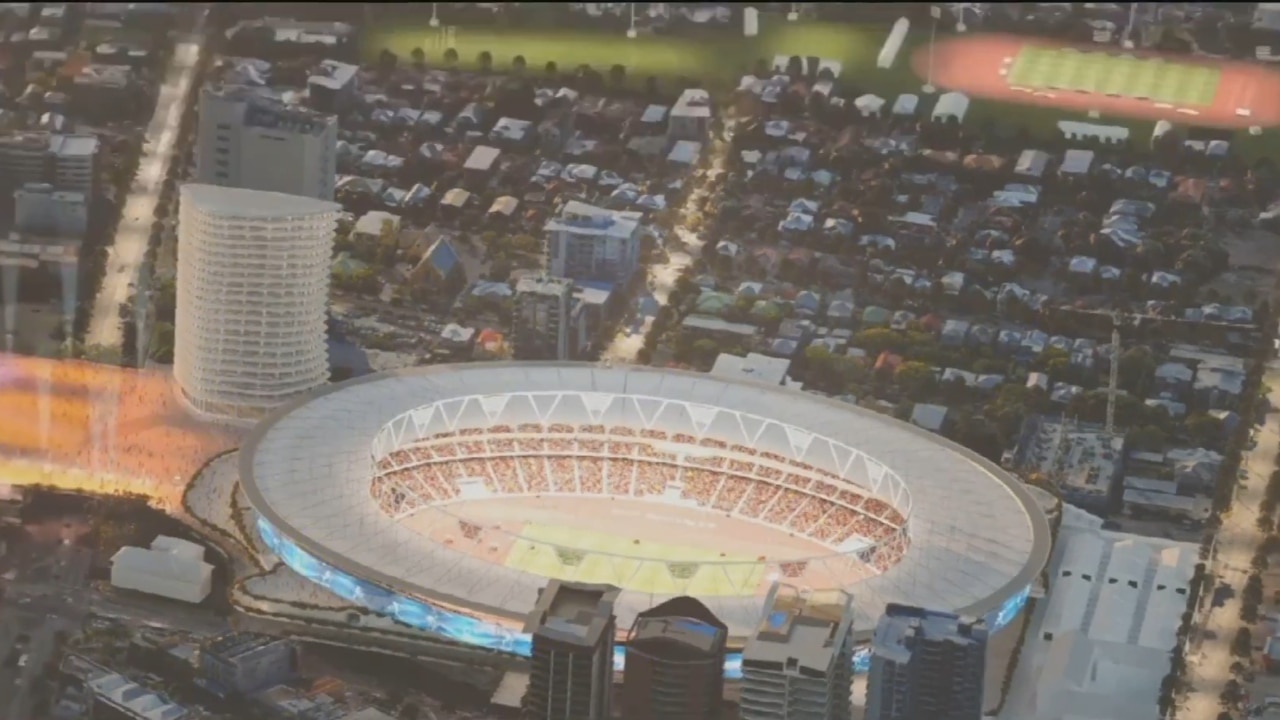
“The earlier indicative cost of the Gabba development was in 2020 dollars and excluded construction cost escalation, supply chain constraints and other costs known at the time,” he said.
“It predated the post-Covid increases in cost, the global inflation surge and the war in Ukraine, all events that were not predicted in 2020.”
His explanation on cost increases followed a failed parliamentary motion by LNP Olympics infrastructure spokesman Jarrod Bleijie, debated on Wednesday night, who called on the state government to release “all business cases, studies, reviews, assessments or similar work relating to the cost of any redevelopment of the Gabba”.
He said the $1bn estimate was “picked out of thin air” and taxpayers were owed a better explanation for the additional costs.
Giving evidence to a parliamentary committee this week, Auditor-General Brendan Worrall said he was not aware of any business case done on the Gabba redevelopment before the $1bn estimate was announced.
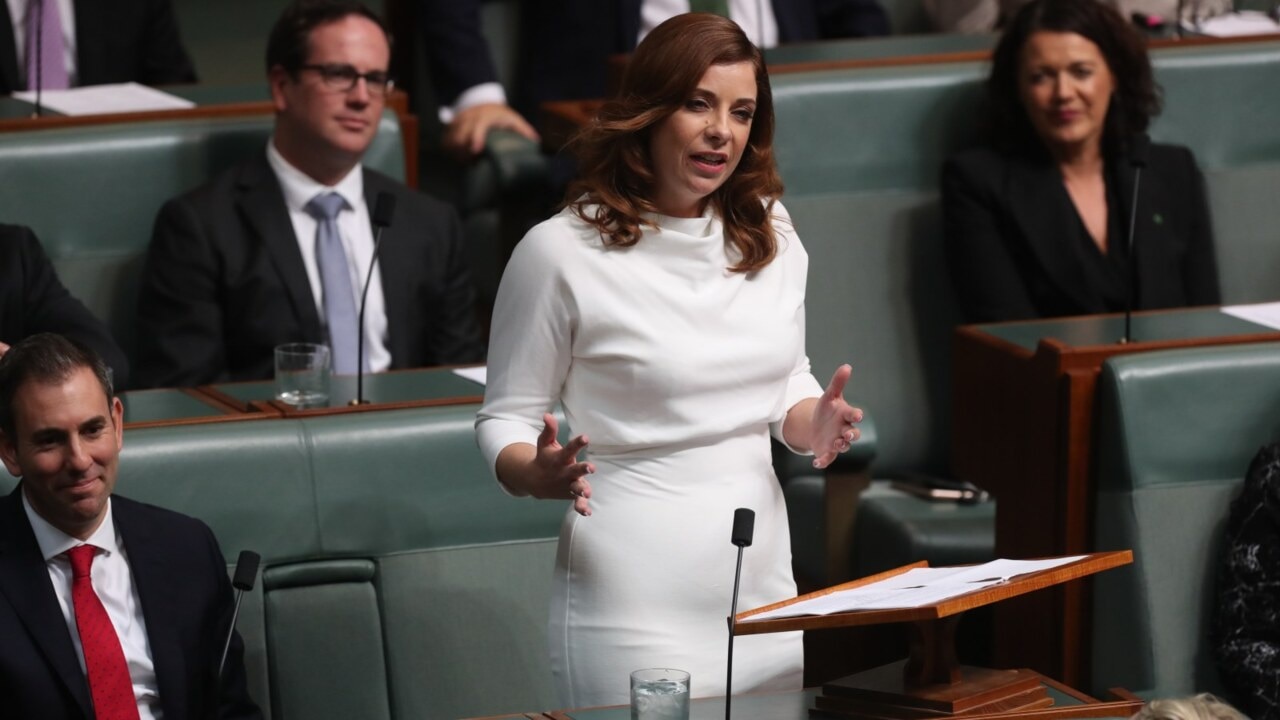
“I don’t think there ever was a business case supporting the billion dollars,” he said.
“I think you’ll find the source of that was from a press release.”
Minister Grace Grace, a member of the cabinet budget review committee, said taxpayers want “the best stadium they can get”.
“They want it to be sustainable, they want it to be a legacy piece and that is exactly what we will deliver,” she said.
“The Gabba is coming to the end of its life, it needs to be revived.
“We want these to be the most environmentally friendly Games in the history of the Olympics and Paralympics and we make no apologies for that.”
A detailed business case on Brisbane Arena, the second major venue to be built for the Games, was completed in 2018.
Estimated costs for the 17,000-seat arena, where a drop-in pool will be used for all swimming events during the Olympic Games, have increased from $2.12bn to $2.5bn.
More Coverage
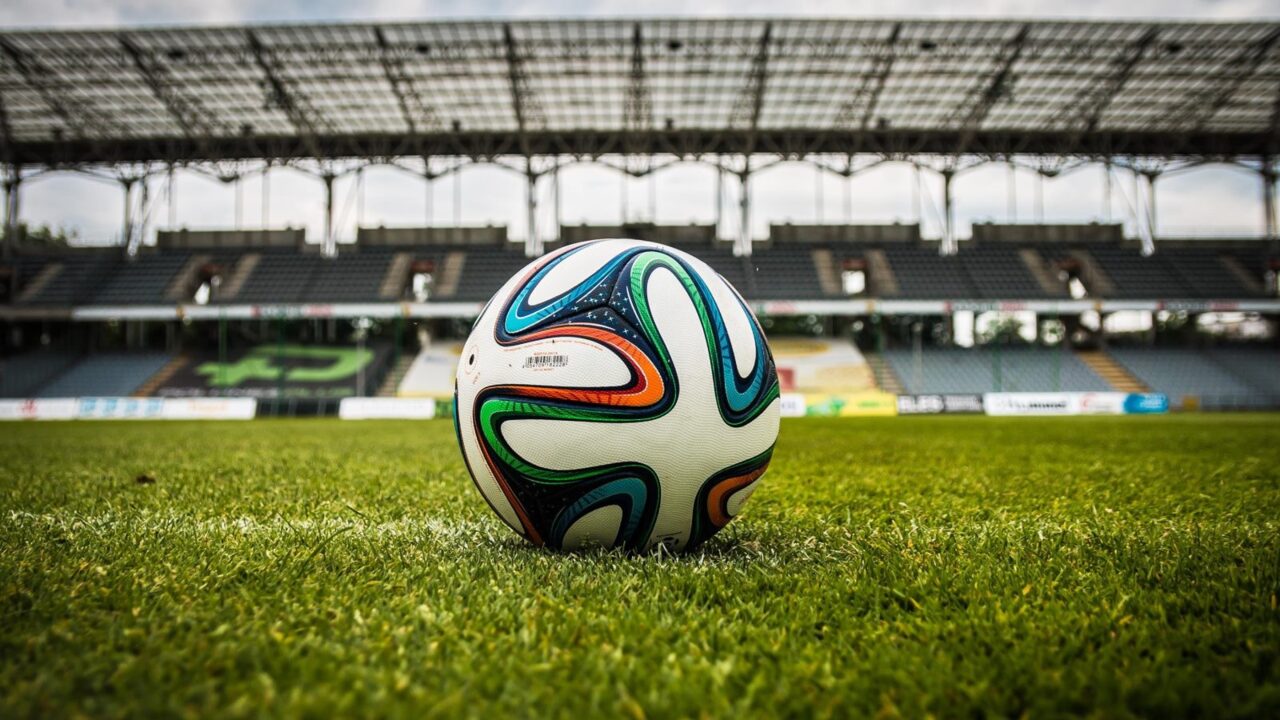


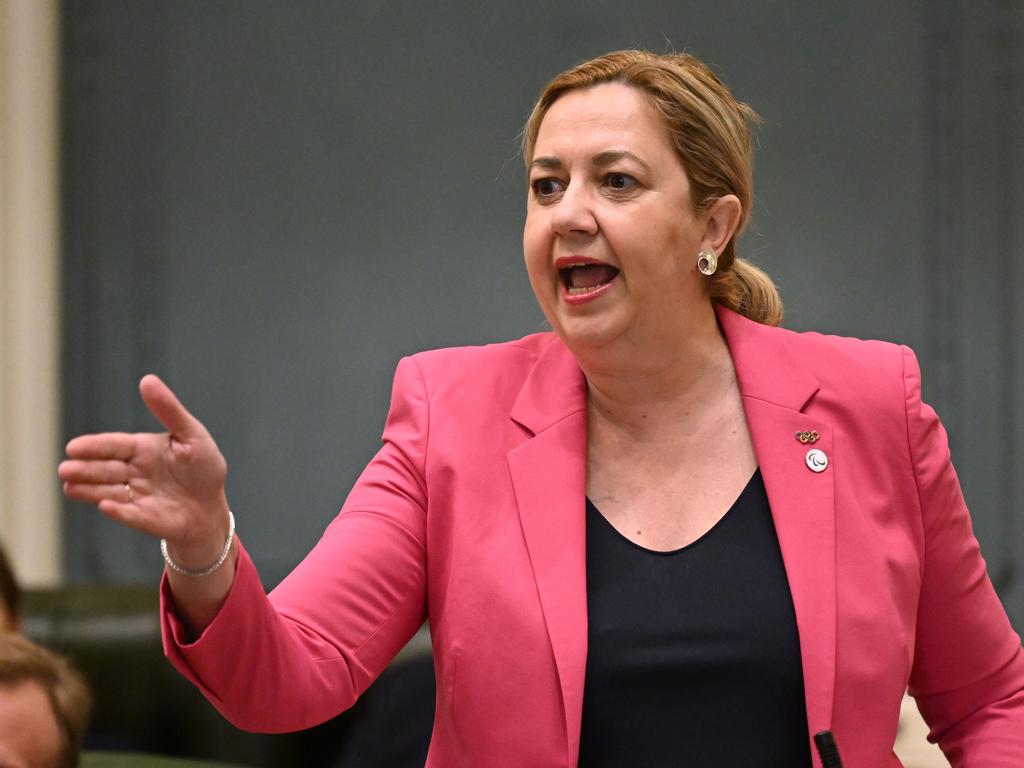
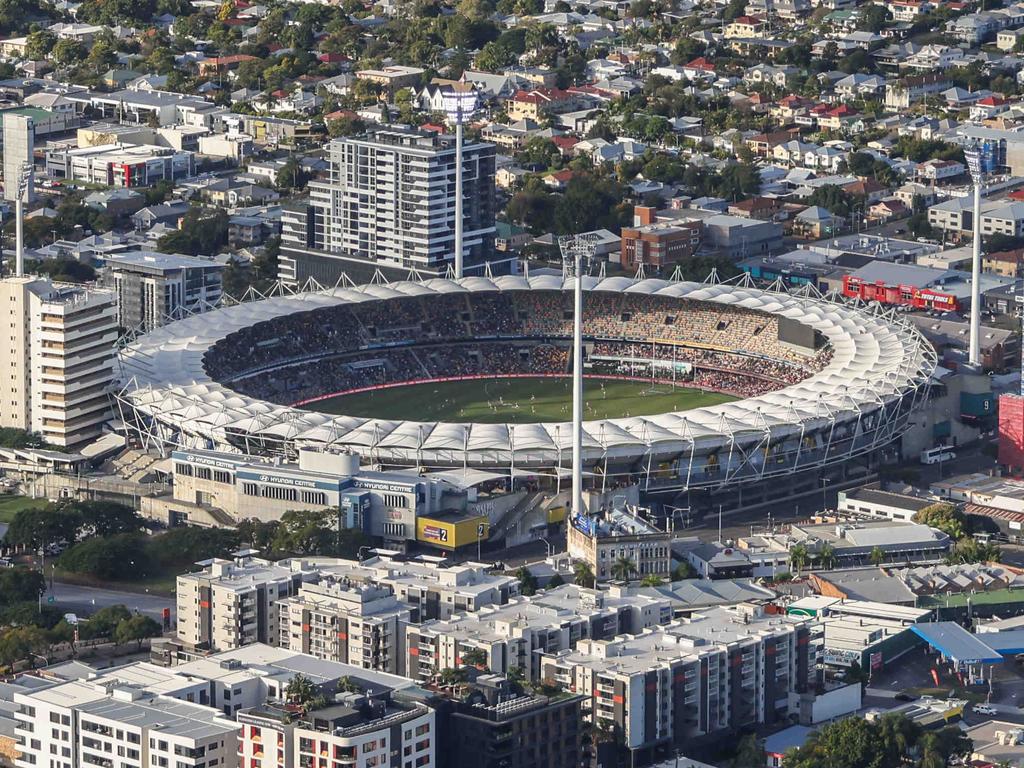

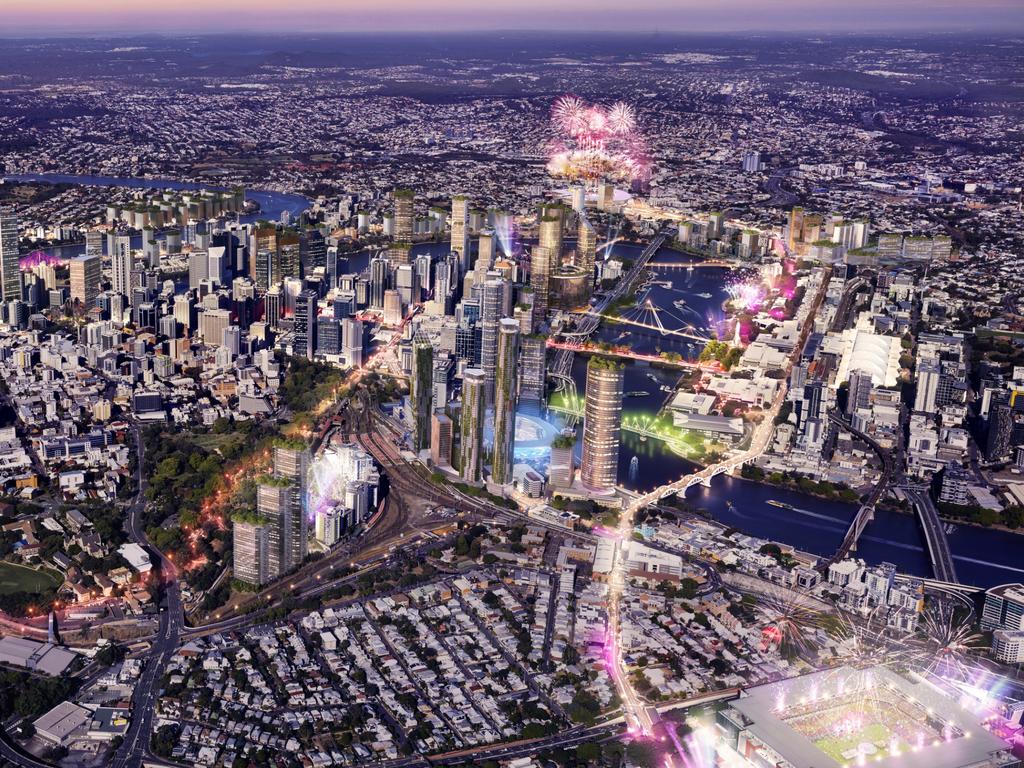


To join the conversation, please log in. Don't have an account? Register
Join the conversation, you are commenting as Logout